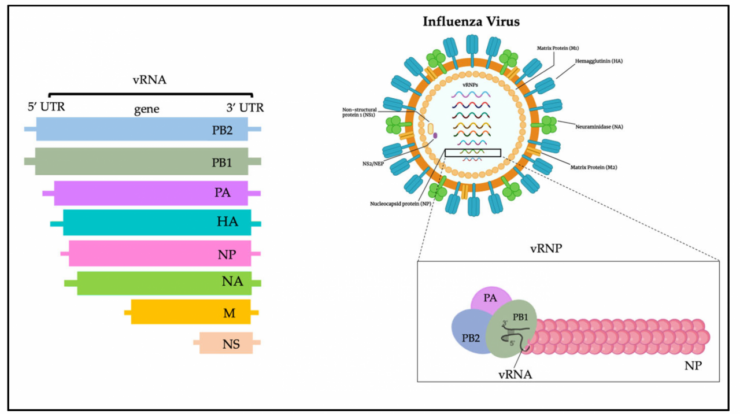
With H5N1 airborne gaining attention, this article delves into the complexities of its transmission and prevention, exploring the latest scientific insights and practical measures to safeguard public health.
The highly pathogenic H5N1 influenza virus has raised concerns due to its potential for airborne transmission, posing significant challenges for global health. Understanding the mechanisms and risk factors associated with H5N1 airborne transmission is crucial for developing effective prevention and control strategies.
Airborne Transmission of H5N1
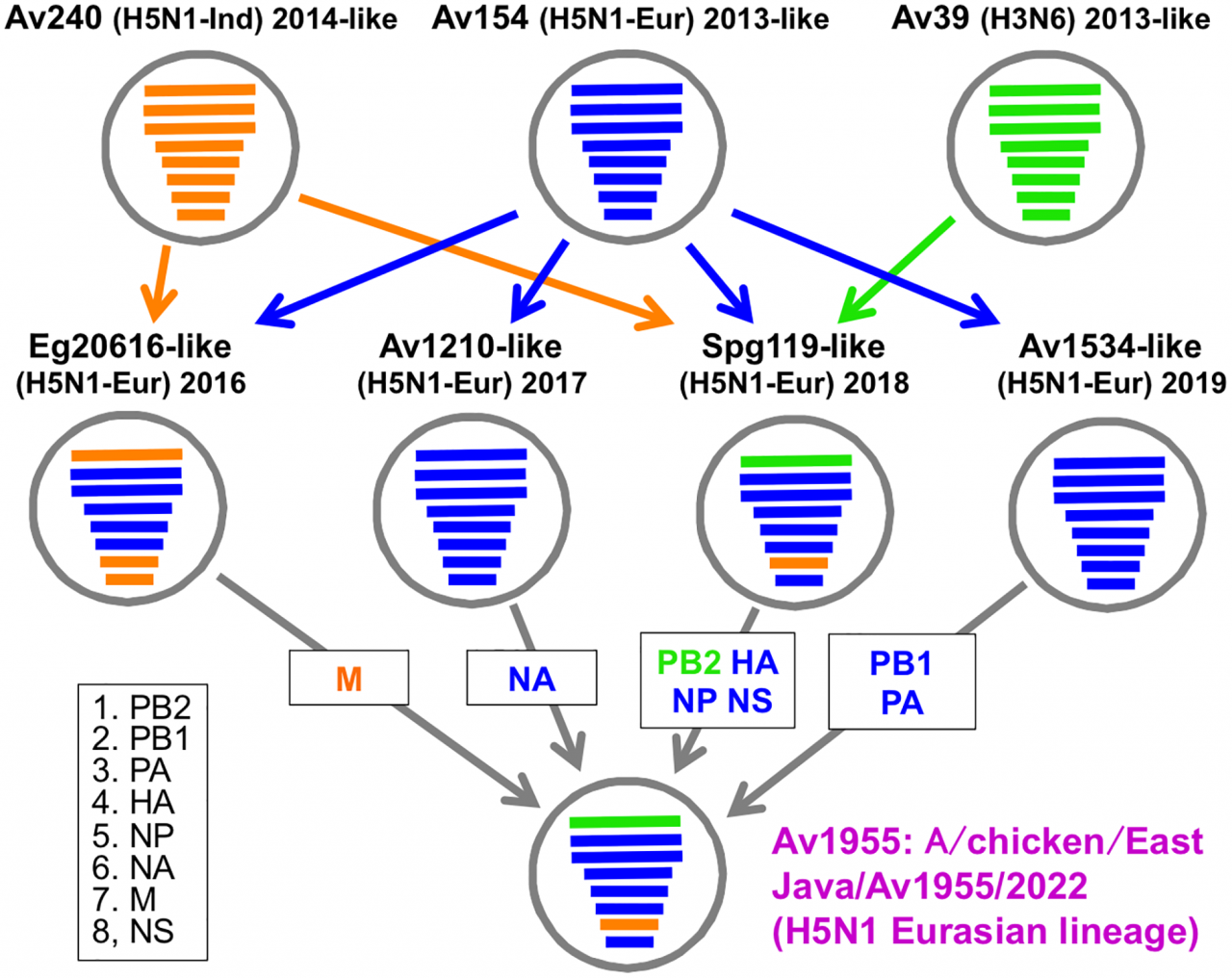
The transmission of H5N1 through the air remains a significant concern, with several documented cases of airborne infection. The virus is primarily transmitted through direct contact with infected birds or their bodily fluids, but airborne transmission can occur in certain circumstances.
Factors influencing airborne transmission include viral load, particle size, and environmental conditions. High viral loads and smaller particle sizes increase the risk of airborne transmission. Additionally, enclosed or poorly ventilated spaces facilitate the spread of airborne H5N1.
Case Studies of Airborne Transmission
- In 2007, an outbreak of H5N1 in a poultry farm in Indonesia resulted in several workers contracting the virus through airborne transmission.
- In 2013, a study in China found that H5N1 could be transmitted through the air over distances of up to 10 meters.
Risk Factors for Airborne Infection

Individuals at highest risk for contracting H5N1 through airborne transmission include those working with infected birds, poultry farmers, and individuals living in close proximity to infected poultry farms.
Underlying health conditions, such as chronic respiratory illnesses or weakened immune systems, can increase susceptibility to airborne H5N1 infection. Age also plays a role, with older adults and young children being more vulnerable.
Protective Measures
- Wear appropriate personal protective equipment (PPE), including respirators and masks, when working with infected birds or in areas with known H5N1 outbreaks.
- Avoid contact with infected birds or their bodily fluids.
- Maintain good hygiene practices, such as regular handwashing and disinfection of surfaces.
Prevention and Control Measures
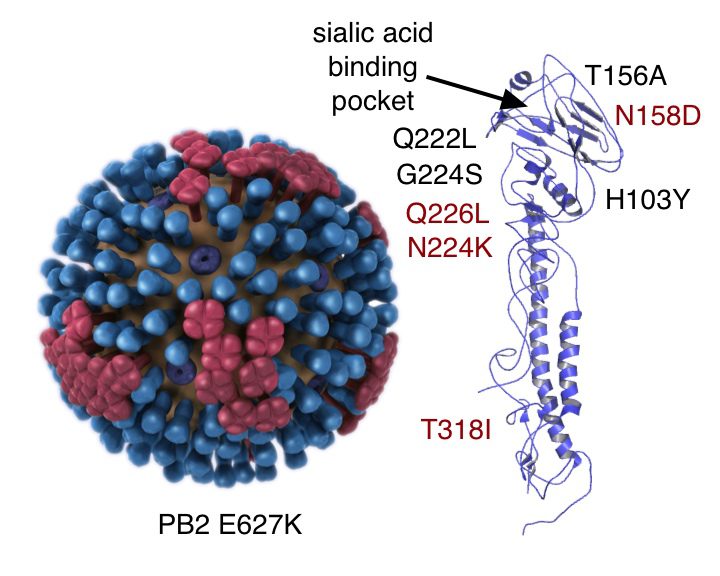
Preventive measures to minimize the risk of airborne transmission of H5N1 include:
- Implementing strict biosecurity measures in poultry farms to prevent the spread of the virus.
- Proper disposal of infected birds and their carcasses.
- Surveillance and monitoring of poultry populations for early detection of H5N1 outbreaks.
Environmental Controls, H5n1 airborne
Environmental controls can also help reduce airborne H5N1 transmission:
- Adequate ventilation and air filtration in poultry farms and other areas where H5N1 is a risk.
- Regular cleaning and disinfection of surfaces and equipment.
Surveillance and Monitoring
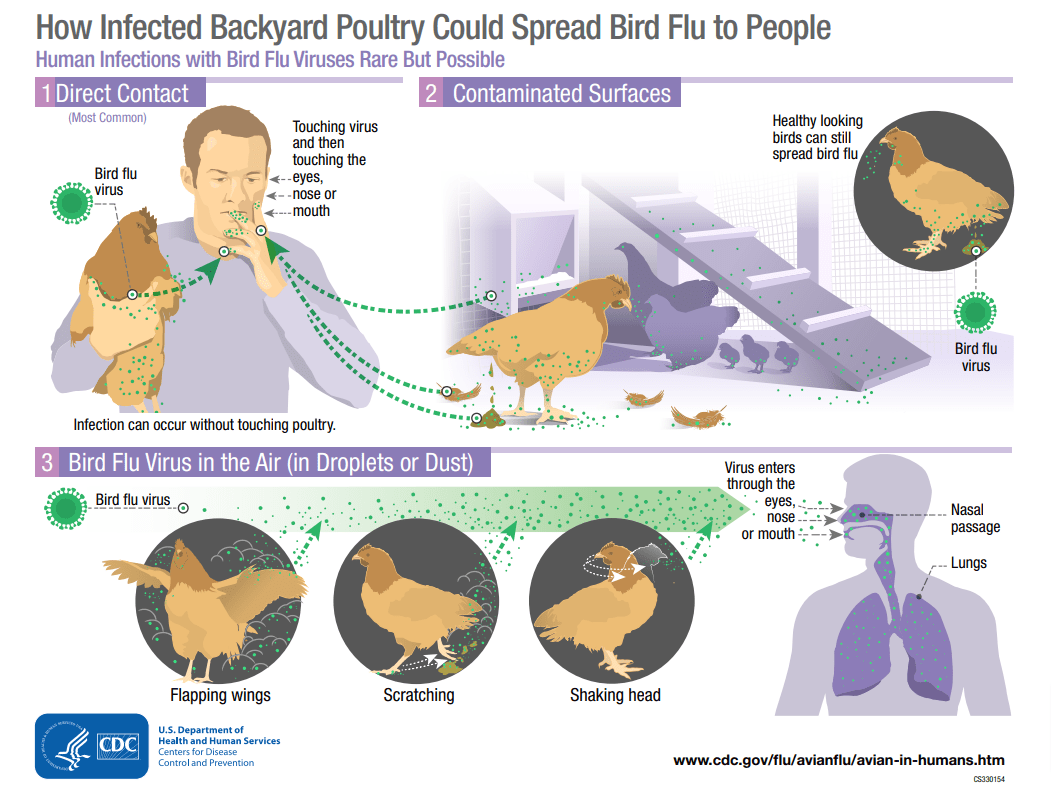
Surveillance and monitoring are crucial for detecting and tracking airborne transmission of H5N 1. Methods include:
- Air sampling to detect H5N1 virus particles in the environment.
- Environmental testing of surfaces and equipment in poultry farms and other areas of concern.
- Monitoring of poultry populations for signs of H5N1 infection.
Data Analysis and Interpretation
Data analysis and interpretation are essential for understanding the patterns and trends of airborne transmission. This information guides prevention and control strategies.
Research and Future Directions
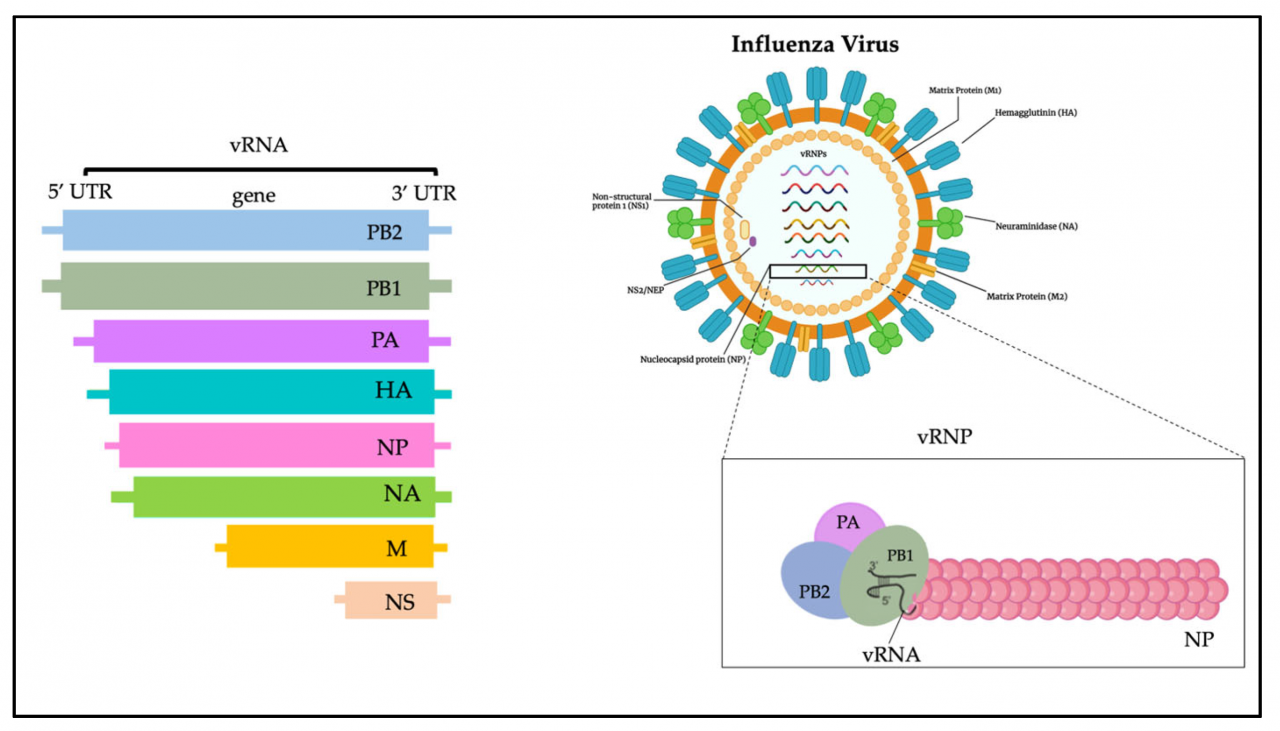
Ongoing research focuses on better understanding airborne transmission of H5N1, including:
- Investigating the role of environmental factors in airborne transmission.
- Developing more effective PPE and environmental controls.
- Exploring the potential of emerging technologies, such as biosensors and artificial intelligence, in improving airborne H5N1 surveillance and response.
Summary: H5n1 Airborne
In conclusion, H5N1 airborne transmission remains a serious concern, but with ongoing research and collaborative efforts, we can enhance our understanding, implement effective preventive measures, and mitigate the risks associated with this virus.






